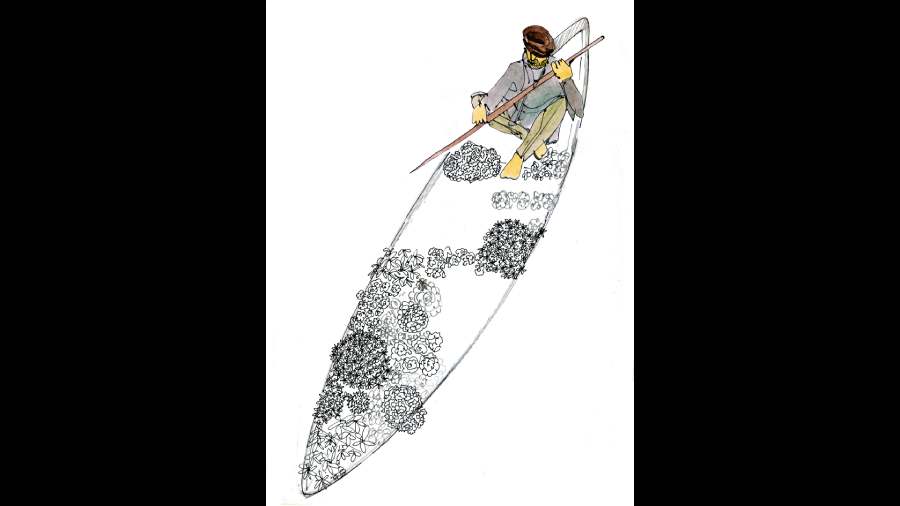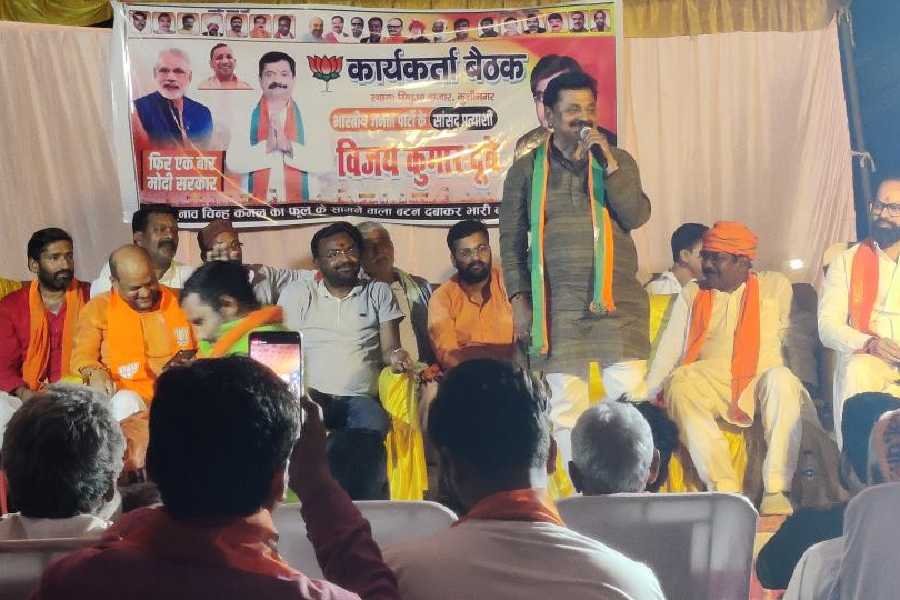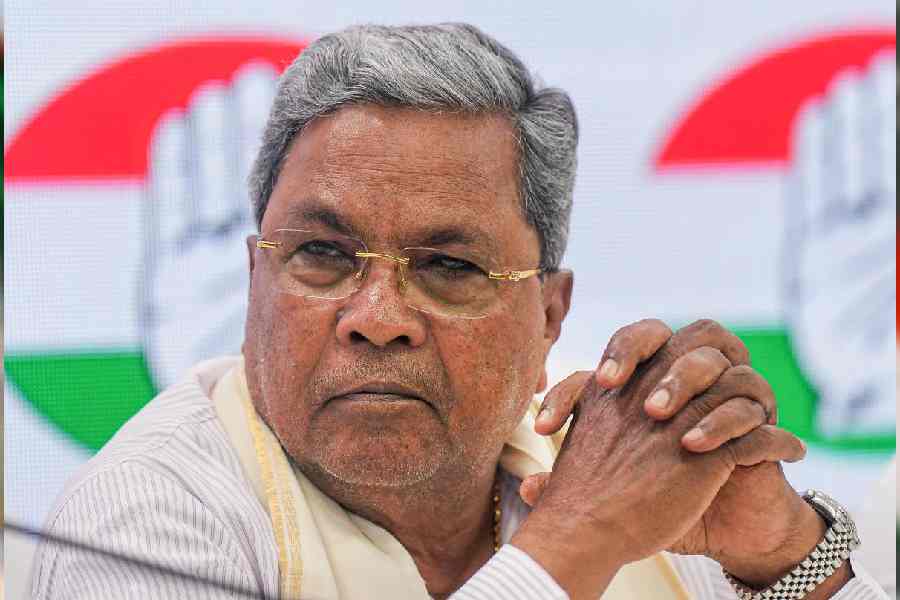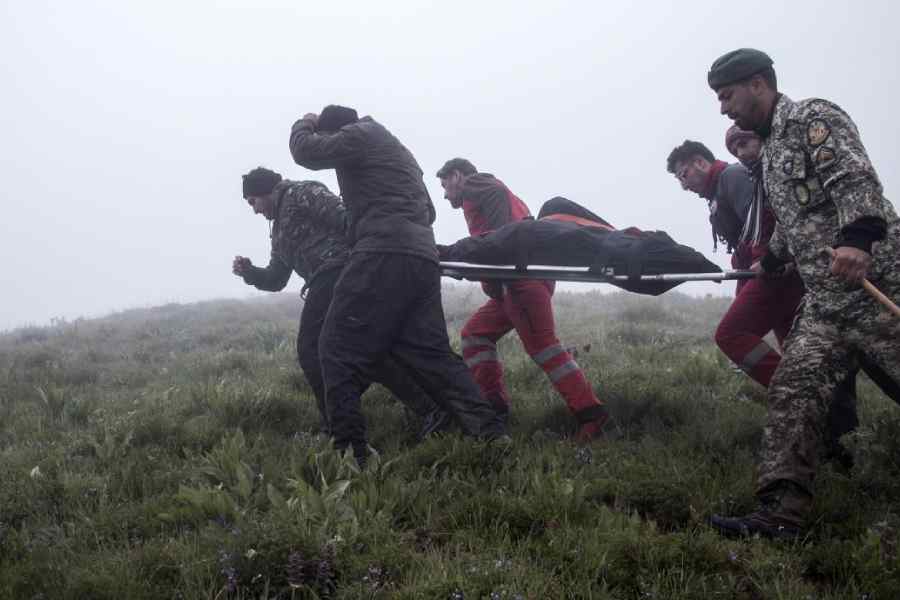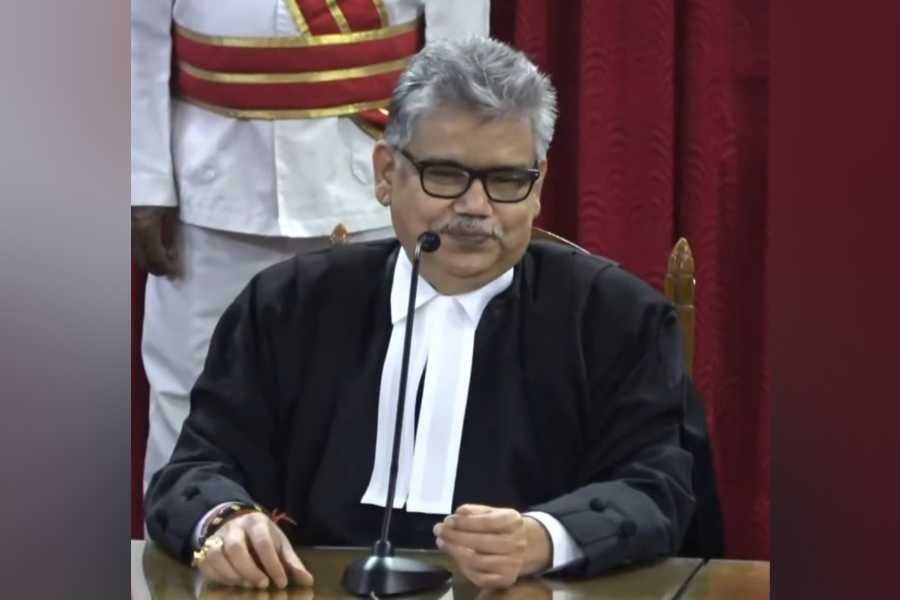It is late night in July 2021 and here I am sitting on the patio of a houseboat in Kashmir on the Dal Lake and I shall pretend that everything is normal in this for saken land. That’s what houseboats are for, aren’t they… to help you forget?
So, I shall wish away the more than thirty years of unbelievable violence and despair the people here have witnessed. For the Kashmiri Hindus, a traumatic exodus. For the Muslims, a horrifying exodus as well as an existential experience. I shall also forget that Kashmir is now no long era state but a Union Territory, and is ruled by a man appointed by the central government and not by elected representatives.
This was achieved by ramming through a bill in Parliament in far away Delhi without really asking the people living here.They were given no choice. I still remember seeing the elated parliamentarians celebrating on television channels. They thumped their desks, hugged each other and shouted slogans about “history being created and a promise fulfilled”. Some even shed tears of joy. The scenes were ecstatic.
I wonder what Kundan would have to say about this?
A lot, I bet.
As far as those parliamentariansare concerned, they had everyright to be elated because they hadkept their word. This abrogation ofthe special status was clearly statedin the manifesto of their party,and the bill was passed through amassive show of hands and thunderous“ayes”. A promise was fulfilled.It did not matter to them that they had just overturned a sovereign commitment to the people of Kashmir that granted the state a special status. And since most Kashmiris were Muslim anyway…could they really be trusted?
So, what can I say? Was the billpassed democratically? It was. Wasit really democratic? It wasn’t. Yes,democracy can be ugly too. So, I shall talk about other things.
Beyond the lake in front of me is a hill on top of which is an ancient Shiva temple, which,legend claims, was built by the renowned Hindu scholar and saint Adi Shankaracharya. He was the man who, legend once again claims, was responsible for the revival of the Vedic faith in India. A faith that was renowned for its tolerance, non-violence and philosophical sweep.
I decide to study this history later.
***
This takes me back to late 1989 and there was a heated discussion taking place in our office on Kashmir. The militant insurgency was beginning in earnest: people were dying, young men were crossing the border into Pakistan tobe trained in warfare, central military forces from Delhi were being flown in to quell the revolt, chilling Islamic slogans were being raised in the night, Kashmiri Hindus were feeling alienated and threatened and the people in our office in Mumbai had begun taking sides...
“Why did we have to rig theelections?”
“Who says it was rigged?”
“A hell of a lot of people in Kashmir.”
“It’s Pakistani propaganda.”
“Look at the reports inthe media.”
“Even if it was rigged... did you want those fundamentalists towin?”
“Yeah... if you heard some oftheir slogans... frightening!”
“So you rig the elections?There are hundreds ofthousands of angry youngpeople now out on thestreets...”
“The tragedy of it all is that it’s going to give Pakis- tan a handle to interfere.”
It was Kundan’s intervention that stayed with me.“You know, last year my family and I went on our first real holiday and we went to Kashmir: my wife,my two daughters and I. After almost ten years of slogging I thought we deserved it. We went in style. Flew to Srinagar and hired a tourist cab for the entire ten days that we were there.”
“That Kashmiri cab driver made our holiday. He was the nicest human being I have met... friendly, courteous...and he made my daughters so happy with all those beautiful stories about the land, its history, its myths and legends.
The girls were mesmerised by those tales. It was only when he dropped us to the airport for our return that he told me very privately about the tension and anger that was brewing in towns and villages...and that he was glad we would not be around to see it.”
“That’s all I have to say.”
There was silence for a while, then someone said, “What has that got to do with what we are talking about?”
“Nothing. We are sitting here and talking about what is happening over there. He is there, in Kashmir,and I hope he will be safe.This is going to get worse...much worse.”
***
This houseboat on the lake is a wonderful place to think. Asit gets dark, I sit on the patio, drink in hand, and remember a tale of poetry.
It is an incredible story of how a group of Muslim women,mothers and grandmothers, along with their children, in the middle of a cold December day in 2019, occupied a short stretch of road in a neighbourhood called Shaheen Bagh in the city of Delhi. They had gathered to peacefully resist what they believed to be unconstitutional citizenship laws targeting the minorities. It was to be an indefinite sit-in.
So, waving the National Flag,they sat in front of a large replica of the Preamble of the Constitution of India and portraits of freedom fighters of the past... all heroes of a secular dream that the founding fathers had for the country.
Armed with these “icons”, thewomen of Shaheen Bagh settled down for the struggle ahead.
Then things began to add up. Students from two nearby campuses in the city protested in solidaritywith the women. The police cracked down, beating randomly, using tear gas, entering university libraries for further brutality. Other campuses in the country responded to the crackdown... there was more violence, mayhem and vandalism. More campuses erupted and Shaheen Bagh became abeacon, a call for people to come together before it was too late.
It almost seemed as if the floodgates had been opened and hundreds of thousands of people started pouring in to participate in the protest, to speak out and be heard.
They were writers, poets, activists, teachers, singers, painters,musicians, actors, filmmakers,and thousands of ordinary citizenswho came from all parts of India to stand in solidarity with thewomen... and they made Shaheen Bagh an all-out platform of resistance.They were there to fightand resist intolerance and hate, to protect the freedom of speech,equality for all, the right to dissentand all the freedoms that werepromised in the Constitution.
The mood was celebratory, defiantand euphoric, and sometimespoignant, and the poem that becamethe anthem for these peopleall over the country and at huge demonstrations and marches in towns and cities around the land was written by Faiz Ahmed Faiz, the internationalist Marxist poet.It was a poem that reminded people of the inevitable arrival ofJudgement Day, Hum Dekhenge.
Excerpted with permissionfrom Saeed Mirza’s new bookI Know the Psychology of Rats;pic from the book Published by Tulika Books

